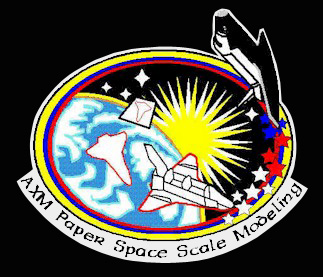
|
© 2007
|
STS-90 Payload (NEUROLAB)
Space Shuttle Columbia was launched on April 17, 1998 carrying the last Spacelab module, the NEUROLAB, which focused on the effects of microgravity on the Nervous System. The goals of Neurolab was to study basic research questions and to increase the understanding of the mechanisms responsible for neurological and behavioral changes in Space. The experiments on board the Spacelab module studied the adaptation of the vestibular system and space adaptation syndrome, the adaptation of the Central Nervous System and the pathways which control the ability to sense location in the absence of gravity, and the effect of microgravity on a developing nervous system.
This mission was a joint venture of six space agencies and seven U.S research agencies. Investigator teams from nine countries conducted 31 studies in the microgravity environment of space. Other agencies that participated in this mission included six institutes of the National Institute of Health, the National Science Foundation, and the Office of Naval Research, as well as the space agencies of Canada, France, Germany, Japan and ESA.
The Neurolab mission was managed by NASA-Johnson at Houston, unlike earlier Spacelab missions which were NASA-Marshall/Huntsville's responsibility.
Columbia landed on May 3, 1998 at Kennedy Space Center.
|
|
|
Neurolab patch source: www.spacefacts.de
© 2007 All Rights Reserved

